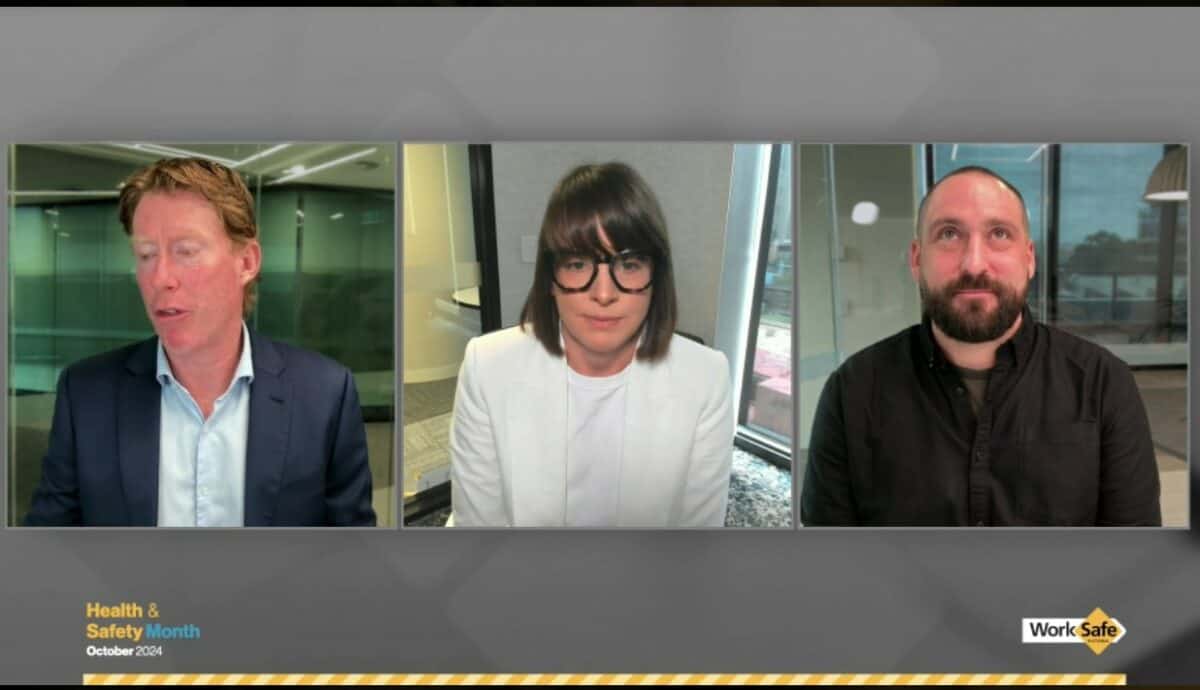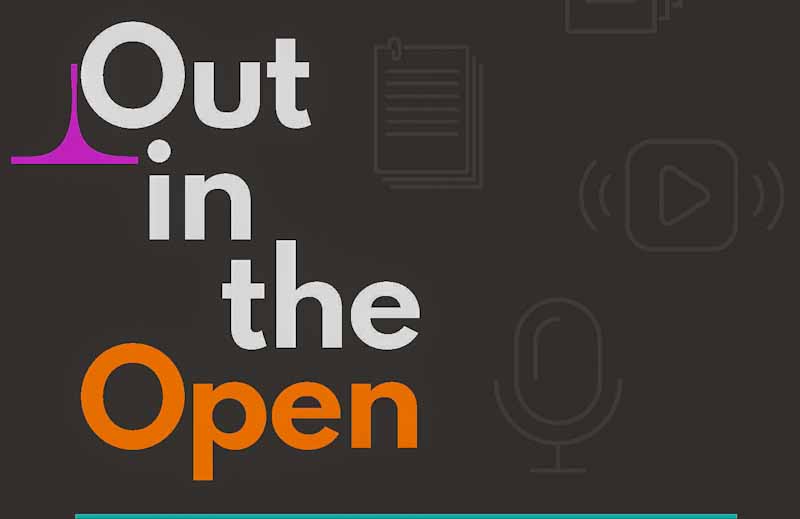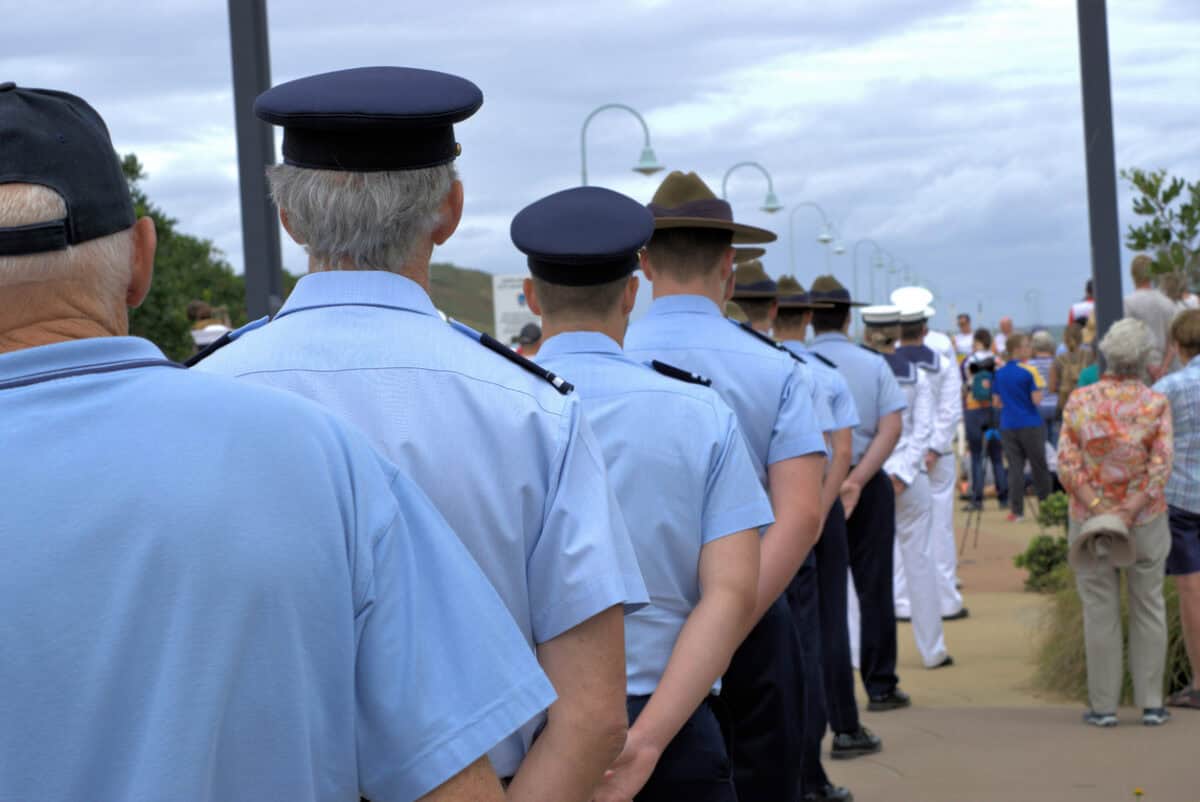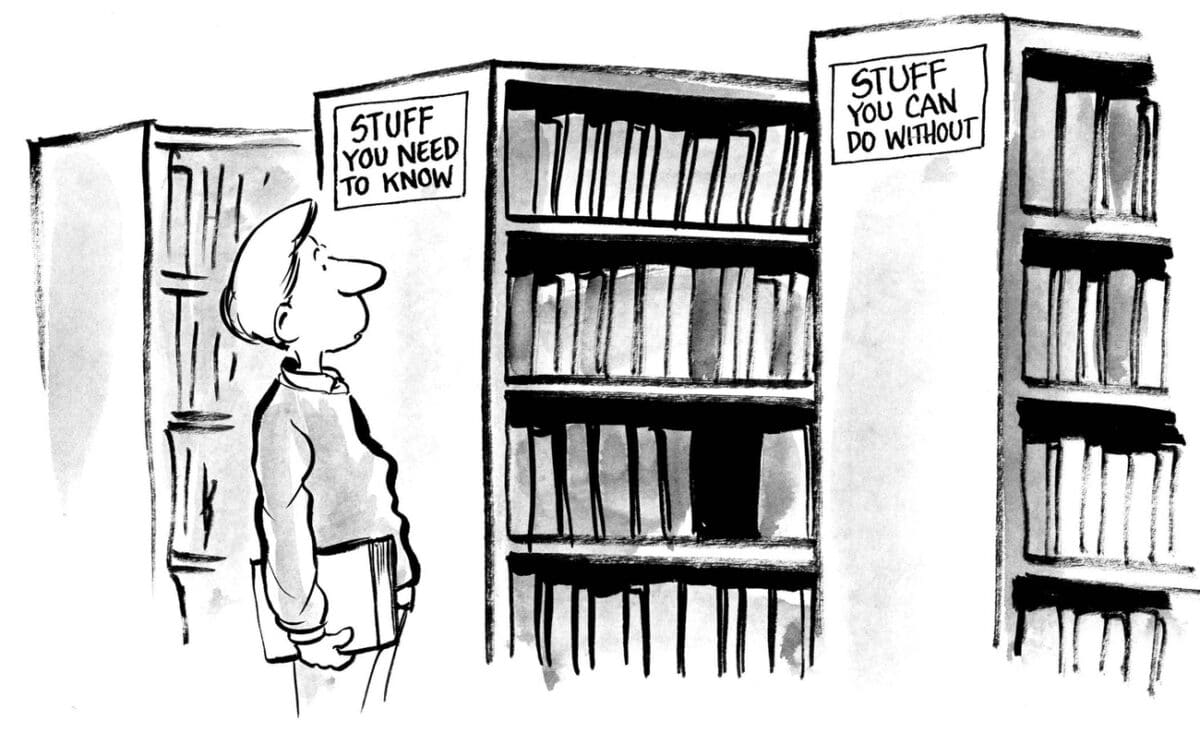In the last week of October 2024, which is Australia’s National Safe Work Month, WorkSafe Victoria held two notable webinars: “Addressing and improving health and safety issues in the workplace” and ” Prevent and manage psychosocial hazards in the workplace.” The themes were occupational health and safety (OHS), but the webinars differed greatly in content and presentation.
Category: Leadership
“If you don’t sound the alarm, who will?” Matt Peacock and work health and safety
Prominent investigative journalist, Matt Peacock, has died from pancreative cancer. Few of us are lucky enough to save people’s lives, some of us change the world. Matt did both. He was never an occupational health and safety (OHS) specialist but his impact on the world of work, especially in Australia was profound and, probably, unmatched.
In 2019, I was helping the (then) Safety Institute of Australia with its conferences. I approached Matt to speak at the 2019 national conference dinner in Sydney, hoping he would be provocative. (Here is an article from that time) He shocked many in the audience when saying:
“..my message tonight is that if you were all doing your jobs properly, then I wouldn’t have had anything to report on in the first place.”
He did not let up on his challenging criticism that night. Below is the full transcript of his presentation, available for the first time.
Significant workplace culture investigation but OHS missed again
Australia’s news media is reporting a shocking report about the workplace culture of parts of the Nine Entertainment organisation – bullying, sexual harassment, abuse of power – all the elements of organisational culture that can be found in any company if one scratches the surface. Scratching is one of the aims of the occupational health and safety (OHS) discipline – investigating the causes of harm at the source.
Veterans, Suicide, Culture and Crompvoets
For many years, occupational health and safety (OHS) has been fixated on “Culture” as an encompassing term for what management activity does not work and what does. The focus has faded slightly since the COVID-19 pandemic. Still, Culture made an important reappearance this week with the delivery of the final report of Australia’s Royal Commission into Defence and Veteran Suicide. However, some of the most telling analyses of the safety culture in the Australian Defence Forces occurred in 2021 with the work of Samantha Crompvoets.
NOTE: this article discusses suicides
HR is “evolving” but slowly
Human Resources (HR) is on a slow journey to fully understand the efforts and strategies for preventing workplace psychosocial hazards. This article from Phoebe Armstrong in HRMonthly is a good example. It will nudge HR readers in the right direction. Still, the article has many curiosities and a reticence to fully accept the legislative occupational health and safety (OHS) approach.
“show me the bodies”
Significant changes in occupational health and safety result from one or more work-related fatalities. To my knowledge, this has not been labelled anyone’s “rule”, but it is a sad truism, and there are examples everywhere.
Episode One of the BBC’s excellent Grenfell podcast series references the phrase “show me the bodies” as having been said by a British bureaucrat requesting more evidence of the risks of external cladding on high-rise apartments. Such a thoughtless request implies that nothing needs to be done until there is evidence of a significant likelihood of death.
However, this article is not about Grenfell Tower (which will be coming soon) but about occupational health and safety (OHS) consultation and its failure.
The Human Resources changes required for mentally safe workplaces.
In a recent LinkedIn discussion Professor Johanna Macneil asked me how the Human Resources (HR) discipline should change to meet the “new” occupational health and safety (OHS) duties about psychosocial hazards. Below is my response:







